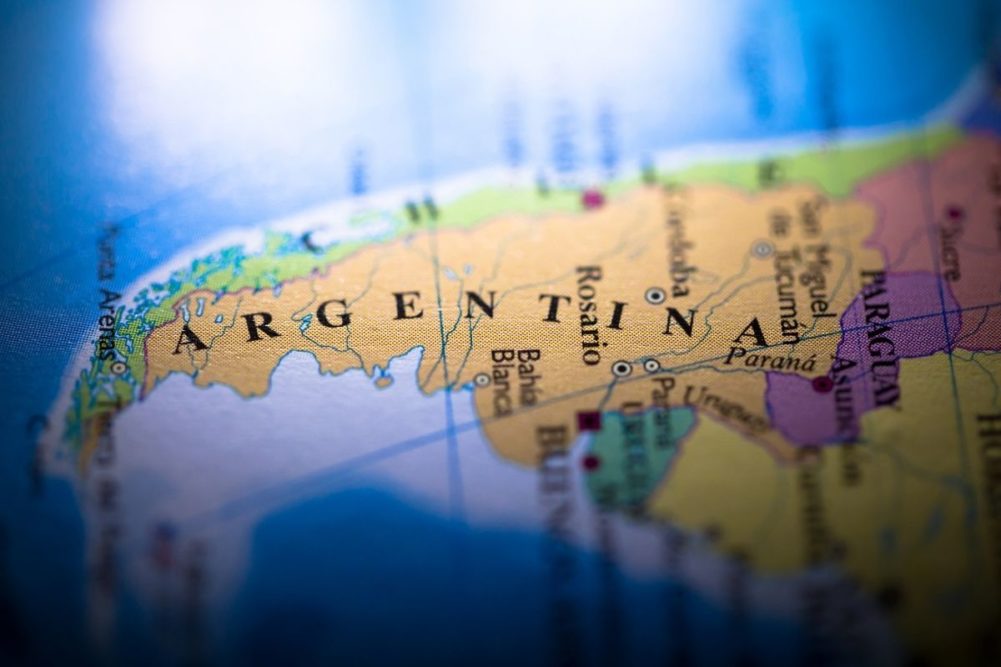BUENOS AIRES, ARGENTINA — Dry conditions and higher input costs in Argentina have cut the forecasted wheat planting area to 6.5 million hectares, down from 6.6 million hectares for the 2022-23 season, Reuters reported June 2, citing the Buenos Aires Grains Exchange, which also noted positive trends for soybean and corn currently being harvested.
The exchange blamed the 100,000-hectare (247,000-acre) reduction for wheat on dry conditions in northern Argentina, with no rains seen in short-term forecasts. The exchange said previously that high fertilizer prices and rising input costs also are having negative effects on the new wheat season.
By the end of a dry May, 13.9% of the estimated area had been sown in the South American country, among the world’s largest exporters of wheat. The exchange warned of further reductions in the projected planting area if the dry weather conditions continue in June.
The reduction comes at a critical time, with the global wheat supply declining and prices spiking due to the war between Russia and Ukraine, which account for about 30% of global wheat exports, as well as lower output projected due to weather challenges in places such as the United States and India.
Argentina is projected to export a record 14.5 million tonnes of wheat in 2021-22, which would rank seventh globally, according to the Foreign Agricultural Service of the US Department of Agriculture (USDA). It is also a major supplier to other South American countries.
Meanwhile, soybeans have seen an uptick in production to 43.3 million tonnes for the 2021-22 season, up from 42 million tonnes previously estimated by the exchange. Improved yields with 94% of the crop harvested were noted for the world’s top soybean exporter.
Regarding corn, the exchange said the country’s corn harvest was 32% complete and estimated the 2021-22 harvest at 49 million tonnes. Argentina is the world’s second largest exporter of corn, after the United States.



